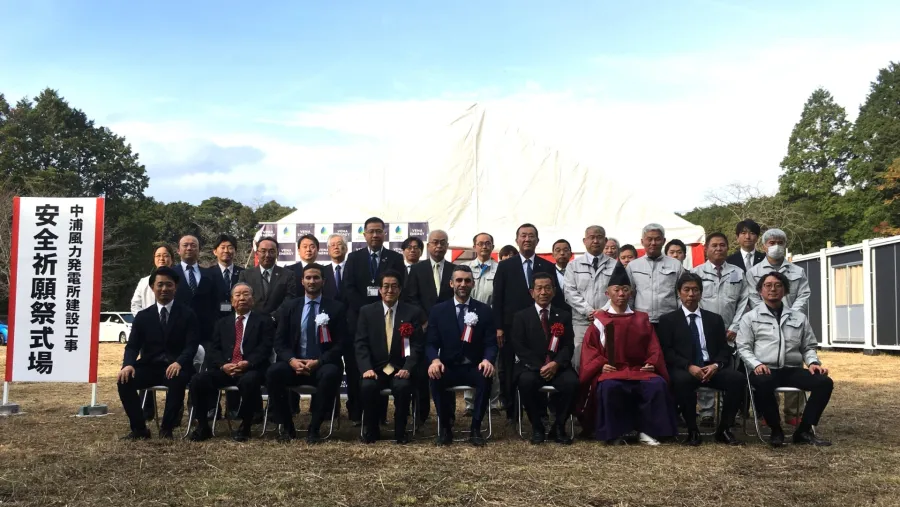
Vena Energy breaks ground for Nakaura Wind Project
The facility is expected to supply over 4,000 households over Nagasaki Prefecture.
Japan-based renewable energy company Vena Energy held a groundbreaking ceremony for the Nakaura Wind Project, marking the start of the project's construction.
Situated in Saikai City, Nagasaki Prefecture, the project is set to supply clean energy to more than 4,000 Japanese households in the area.
ALSO READ: BCPG divests nine solar projects in Japan
Construction for the wind project will be supervised by Vena Energy Engineering K.K, the licensed engineering, procurement, and construction (EPC) entity of Vena Energy, from the design stage to the management of contractors for the project. This enables a levelised cost of energy (LCOE) for the project.
“We look forward to delivering the Nakaura Wind Project to our host communities, and we will continue to work closely with our partners and stakeholders to accelerate the energy transition in Nagasaki, and in Japan,” Raul Rienda, country head of Vena Energy Japan, stated.



















 Advertise
Advertise






